by James Scott Bell
@jamesscottbell
 The other morning, as is my wont (and I want what I wont when I want it) I took a fresh cup of joe and my AlphaSmart to the backyard for some thinking, pondering, and writing time. The joe was brewed in my moka pot, a gift to mankind from the Italian inventor Alfonso Bialetti. Usually I take it black, but we happened to have some Coffeemate Sweet Italian Cream in the fridge. I thought the key word was Italian, but as it turns out the emphasis should be on sweet. This stuff is a sugar bomb. You need less than a dollop of regular cream. My hand trembled, and I poured in a touch too much.
The other morning, as is my wont (and I want what I wont when I want it) I took a fresh cup of joe and my AlphaSmart to the backyard for some thinking, pondering, and writing time. The joe was brewed in my moka pot, a gift to mankind from the Italian inventor Alfonso Bialetti. Usually I take it black, but we happened to have some Coffeemate Sweet Italian Cream in the fridge. I thought the key word was Italian, but as it turns out the emphasis should be on sweet. This stuff is a sugar bomb. You need less than a dollop of regular cream. My hand trembled, and I poured in a touch too much.
Which almost ruined the coffee. I soldiered on, but the enjoyment of the brew was lessened considerably.
Which naturally got me thinking about this as a metaphor for writing.
Emotion in our fiction is a sweetener. In the right amount it makes the story beautiful and tasty. Too much can ruin it.
So the trick is putting in just the right amount. But how do we measure?
Start with genre. On one end of the scale is hardboiled. At the other end is romance. In between is everything else. The mistake of the hardboiled school is avoiding emotion. The mistake of the romantics is larding it on.
There are ways around both these mistakes.
Scene and Sequel
Let’s begin with the basic premise that what’s going on inside your Lead is of abiding interest to your readers. They want to know about the emotions, not just the actions.
The latter component, action, is what the great writing teacher Dwight Swain called scene. The former he called sequel. There’s a definite structure to both.
A scene is made up of Objective, Obstacles, and Outcome.
A sequel is Emotion, Analysis, and Decision…the Decision leading to the next action scene.
Jim Butcher has said that the key to the popularity of his Dresden Files is sequel:
This basic structure for sequels is pretty much the ENTIRE secret of my success. I do it like this in every freaking book I write. I know it works because check it out. People like my books. They like them for some of the special effects, sure, and for some of the story ideas sometimes–but mostly it’s because they find themselves caring about what happens to the characters, and that happens in sequels.
For more on this, see the definitive text on scene and sequel by Swain disciple Jack Bickham.
Showing and Telling
There are times when telling the emotion is fine. I have a little “intensity scale” in my brain which measures the intensity of a moment. When it’s relatively low, I tell. When high, I show. Here’s what I mean.
A woman is slightly worried when her husband hasn’t called for a couple of hours. You might tell it like this: A trickle of worry hit Pam. Usually Steve would let her know if he was going to be late. There is no need to go into the physiological effects of worry on her body. The moment isn’t intense enough.
But what if she doesn’t hear from him that night? Or the following day? Now it’s intense, so you show: Hands trembling, she punched the number for his office. When the receptionist answered Pam’s throat clenched like a fist clutching her vocal cords.
Overwrite and Edit
Now, when you got to those big emotions, I have a suggestion. This can be done as you write, or you can do it when you edit your draft.
Open a new document and do some focused freewriting on the emotion. This means you don’t stop and edit, you just let it flow. Write in the POV of the character. Let the character tell you how she’s feeling. Let her go on and on, giving you the color of it, the taste of it, the metaphors of it. Do the most obvious feeling first, but then go on to another emotion, one you didn’t anticipate at first. Maybe even the opposite emotion. We’re a tangle of complexities, and that’s what makes for compelling characters, too.
Set that document aside for fifteen minutes. Come back to it and pull out the best parts, the parts that are most gripping and original. Put them in the book.
Example
From the hardest of the hardboileds, Mickey Spillane, comes his PI Mike Hammer in One Lonely Night. Hammer’s backstory includes heavy combat in WWII, lots of kills, and what we would today call PTSD. He deals with his ghosts by shooting bad guys and boozing. So when a judge rakes him over the coals in front of a crowded courtroom, calling him a lowlife killer who doesn’t belong in a civilized world, Hammer can’t forget it. As he’s driving he gets a look at himself in the rear view mirror, and hates what he sees.
I used to be able to look at myself and grin without giving a damn about how ugly it made me look. Now I was looking at myself the same way those people did back there. I was looking at a big guy with an ugly reputation, a guy who had no earthly reason for existing in a decent, normal society. That’s what the judge had said.
I was sweating and cold at the same time. Maybe it did happen to me over there. Maybe I did have a taste for death. Maybe I liked it too much to taste anything else. Maybe I was twisted and rotted inside. Maybe I would be washed down the sewer with the rest of all the rottenness sometime. What was stopping it from happening now? Why was I me with some kind of lucky charm around my neck that kept me going when I was better off dead?
That’s why I parked the car and started walking in the rain. I didn’t want to look in that damn mirror any more.
Go thou and do likewise.

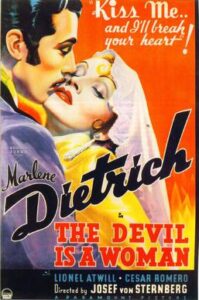
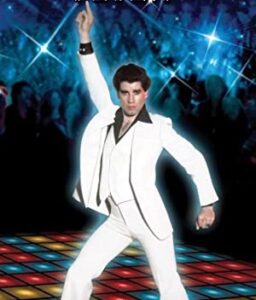
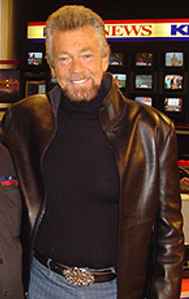
 What author, past or present, would you most like (or have liked) to have dinner with? You get to pick the meal. What would you select?
What author, past or present, would you most like (or have liked) to have dinner with? You get to pick the meal. What would you select? Happy Easter. Happy Passover. Happy Sunday. Whether you worship, play, or simply lounge around, may you feel renewed and refreshed this day.
Happy Easter. Happy Passover. Happy Sunday. Whether you worship, play, or simply lounge around, may you feel renewed and refreshed this day.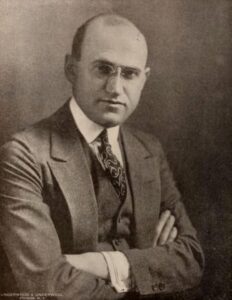
 “Once upon a time,” I told my two oldest grandboys, “there were two baby monsters. One was green and one was blue. They lived in a cave with their mom and dad…”
“Once upon a time,” I told my two oldest grandboys, “there were two baby monsters. One was green and one was blue. They lived in a cave with their mom and dad…”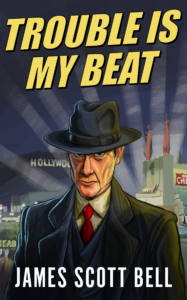

 Half my life’s in books, written pages.
Half my life’s in books, written pages.